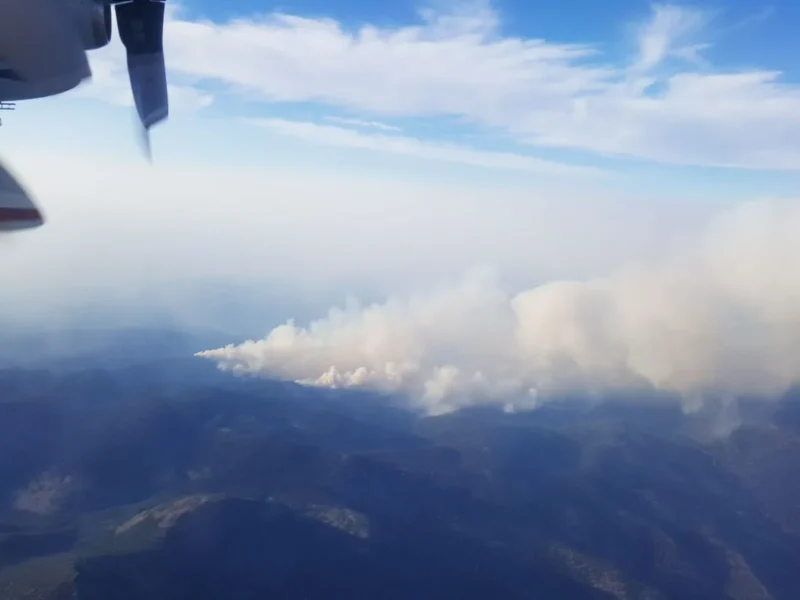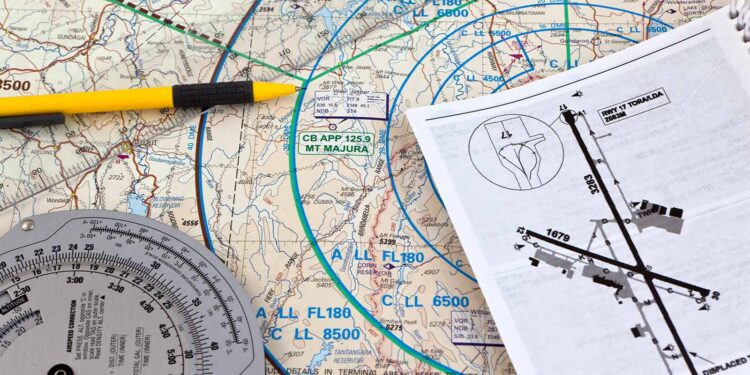It happens hundreds of times a day. Aircraft flying from North America To Europe. In all cases they must travel across the North Atlantic Ocean.
An agreement between Canada, USA, Iceland, Ireland, and the UK have resulted in standard routes that aircraft must follow to get from point A to point B.
These routes are called North Atlantic Routes (or North Atlantic Tracks) and are named using a letter designator: A through G for westbound tracks and U to Z for eastbound tracks.
These are not fixed routes, but change every day as weather conditions change. This allows aircraft operators to fly the most fuel efficient route based on weather and winds. If you are interested in learning what the routes are for today, you can look up the NOTAM for CYHQ (the national NOTAM file).
My recent flight to Iceland had the following routing:
YEE YQA YXI RJ N185A FOXXE LOACH 5800N 05000W 6100N 04000W 6300N
Since this flight does not go to mainland Europe, it does not use the North Atlantic Routes. Instead they fly using RNAV fixes and latitude longitude fixes. I did have a question about the routing though. I was not familiar with the “N185A” designator in the route. Joe explained it this way:
The N designated routes are ‘North American Route’. Basically an extension of North Atlantic Tracks. The FOXXE LOACH transition is a coast out point (coast out, as in coast of the ocean, I believe they don’t leave ADSB coverage until around Greenland)
The North American Routes are located in the planning section of the CFS.
The purpose of the North American Route is to expedite flight planning, reduce the complexity of route clearances, and to reduce the amount of time getting that route clearance on the ground.
So, if you are flying to Iceland or Greenland, you are probably going to use a North American Route, otherwise, you are going to use a combination of a North American Route and a North Atlantic Track to get across to mainland Europe.

